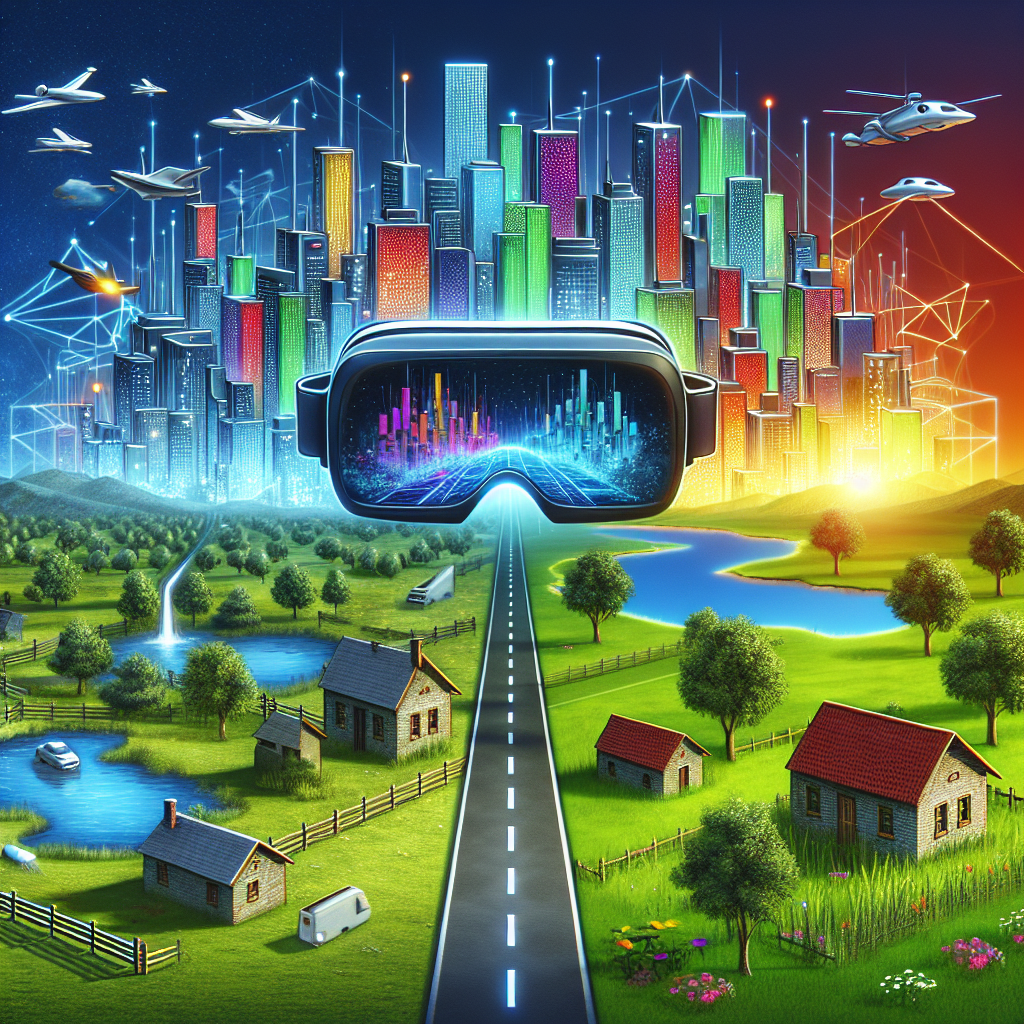Augmented Reality (AR) has been gaining popularity in recent years as a technology that has the potential to bridge the gap between the virtual and physical worlds. AR allows users to see and interact with digital content overlaid on top of the real world, creating a mixed reality experience that combines elements of both virtual and physical environments.
One of the key features of AR is its ability to enhance the user’s perception of reality by adding layers of information and interactivity to their surroundings. This can be particularly useful in a variety of fields, from gaming and entertainment to education and training. For example, AR can be used to create immersive gaming experiences where players can interact with virtual characters and objects in real-world settings, or to provide educational content that is visually engaging and interactive.
In addition to entertainment and education, AR also has the potential to revolutionize industries such as retail, healthcare, and manufacturing. In retail, AR can be used to create virtual fitting rooms where customers can try on clothing and accessories without having to physically visit a store. In healthcare, AR can be used to assist surgeons during complex procedures by providing real-time visualizations of patient data and anatomy. In manufacturing, AR can be used to streamline production processes by overlaying digital instructions and schematics onto physical equipment and machinery.
Overall, AR has the potential to transform the way we interact with the world around us by blurring the lines between the virtual and physical realms. By bridging this gap, AR has the power to enhance our perception of reality, create new opportunities for innovation and creativity, and ultimately improve the way we live, work, and play. As the technology continues to evolve and become more mainstream, we can expect to see even more exciting applications of AR in the years to come.


Leave a Reply